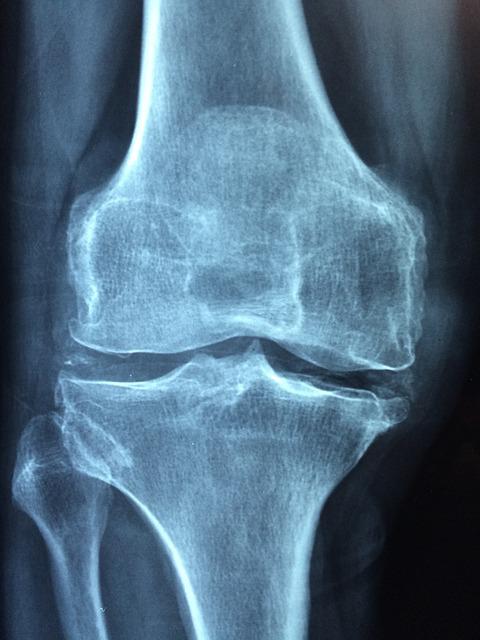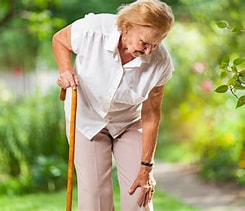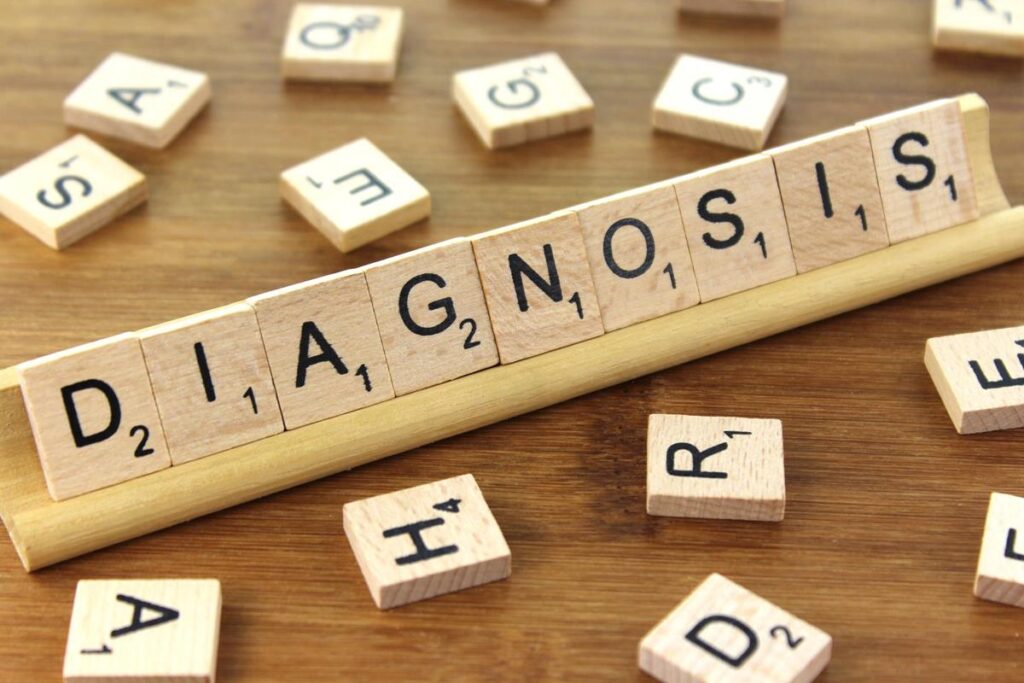
Understanding Joint Health in Older Adults:

Understanding Joints and Joint Health. As a result, with age, one of the most common issues we face is joint pain and stiffness. Subsequently, as we age, our muscle mass starts to shrink (Sarcopenia). This can put extra pressure on our joints and increase our risk of joint pain and conditions like arthritis. thankfully, painful joints are avoidable no matter what age you are. Therefore, older adults, joints are the gateway to mobility and independence. But when they begin to fail, they can limit everything from walking to simply getting out of a chair. However, in this post, we’ll explore the fascinating history of joint medicine. Also, the causes of joint problems. And symptoms to look out for. Furthermore, how they’re diagnosed and treated. And what you can do at home to protect and care for your joints.
A Brief History of Joint Medicine

Understanding Joints and Joint Health. By the way, Joint problems have plagued humanity since ancient times. Here, evidence of arthritis has been found in Egyptian mummies, and ancient texts from Greece, China, and India. In addition, they describe remedies for joint pain using herbs, massage, and hot baths. In the first place, Hippocrates, the father of medicine, documented early arthritis-like symptoms.
But by the 19th century, physicians began distinguishing between different types of arthritis, such as osteoarthritis and rheumatoid arthritis. Subsequently, the 20th century saw the rise of nonsteroidal anti-inflammatory drugs (NSAIDs) like aspirin and ibuprofen. And joint replacement surgeries, and the discovery of disease-modifying treatments for autoimmune causes.
Joint issues in older adults are usually caused by a combination of factors:
- Osteoarthritis: The most common cause—this is wear and tear of the cartilage that cushions the joints.
- Inflammation: From autoimmune diseases like rheumatoid arthritis or gout.
- Injury or trauma: Past injuries can lead to chronic joint issues later in life.
- Lack of movement: Sedentary lifestyles weaken the muscles supporting joints, increasing stress on them.
- Obesity: Extra body weight puts more pressure on joints, especially hips and knees.
- Nutritional deficiencies: Lack of calcium, vitamin D, or omega-3s can negatively affect joint health.
Common Symptoms of Joint Problems

Watch out for these red flags:
- Joint pain during or after movement
- Stiffness, especially in the morning
- Swelling and tenderness
- Grinding or popping sensations
- Reduced range of motion
- Weakness in the affected area
Diagnosis: How Joint Issues Are Identified

Understanding Joints and Joint Health. So then, healthcare professionals diagnose joint conditions through:
- Physical exams to assess pain, flexibility, and inflammation
- Imaging tests like X-rays, MRIs, or CT scans to view joint damage
- Blood tests to check for autoimmune activity or inflammation markers
- Joint aspiration to analyze fluid in the joint for infection or gout
Treatment Options for Joint Problems

However, treatments depend on the cause but may include:
- Medications: Pain relievers (NSAIDs), corticosteroids, disease-modifying drugs for rheumatoid arthritis
- Physical therapy: To strengthen the muscles supporting the joints
- Surgery: In severe cases, joint replacement may be needed
- Lifestyle changes: Weight loss, low-impact exercise, anti-inflammatory diets
Why Joint Health Matters More as We Age

Understanding Joints and Joint Health. As an example, for older adults, joint issues can mean more than discomfort. Here, they can lead to falls, loss of independence, and even depression. Therefore, healthy joints are essential for maintaining strength, balance, and the ability to perform everyday tasks. Above all, that’s why prevention and early intervention are key.
Latest Research and Future Possibilities

Understanding Joints and Joint Health. As a result, exciting advancements are on the horizon:
- Stem cell therapy: Researchers are exploring the use of stem cells to regenerate cartilage and repair joint damage.
- 3D-printed joints: Custom-designed joint replacements for improved fit and function.
- Biologic drugs: More targeted treatments for autoimmune joint conditions with fewer side effects.
- Wearable tech: Smart devices that monitor joint movement and help track therapy progress.
How Older Adults Can Help Themselves at Home

Understanding Joints and Joint Health. Consequently, even small changes can make a big difference in joint health:
- Stay Active: Low-impact exercises like walking, swimming, or tai chi can reduce stiffness and strengthen support muscles.
- Maintain a Healthy Weight: Reducing excess weight decreases pressure on hips, knees, and ankles.
- Eat for Joint Health: Focus on anti-inflammatory foods—fish, nuts, leafy greens, olive oil, and berries.
- Practice Good Posture: Avoid slouching and use ergonomic furniture to reduce joint stress.
- Use Heat and Cold Therapy: Heat relaxes stiff joints; cold reduces inflammation.
- Supplement Wisely: Talk to your doctor about glucosamine, chondroitin, vitamin D, and omega-3s.
- Stretch Daily: Gentle stretching improves flexibility and range of motion.
Conclusion
Hence, our joints may be small, but their impact on our quality of life is enormous. In particular, by understanding their history, how they function, and how to care for them, especially as we age. Beyond, which we can stay active, independent, and pain-free for years to come.
Pensioner Fitness – Helping You Stay Strong, Steady, and Self-Reliant.
DONATE
Pensioner Fitness Awards
THE BUSINESS CONCEPT, BEST IN BUSINESS AWARDS
- “MOST INSPIRING SENIOR WELLNESS WEBSITE 2023“
THE GLOBAL HEALTH AND PHARMA, FITNESS AND NUTRITION AWARDS
2. “BEST SENIOR FITNESS AND NUTRITION SPECIALIST 2023“
THE MIDDLE EAST AND AFRICA BUSINESS AWARDS
3. “ MOST INCLUSIVE FITNESS PROVIDER 2023″
THE CORPORATE LIVE WIRE GLOBAL AWARDS 2023/2024
4. ” FITNESS ADVISORY PLATFORM OF THE YEAR“ 2023/2024
In Conclusion
Our joints may be small, but their impact on our quality of life is enormous. By understanding their history, how they function, and how to care for them, especially as we age, we can stay active, independent, and pain-free for years to come.
Important Note *
Remember that everyone is different, it is ultimately YOUR RESPONSIBILITY to find what your body responds to. So please do your due diligence before trying anything new, including getting Medical Advice to ensure your safety and peace of mind.
Connect with me and leave a comment